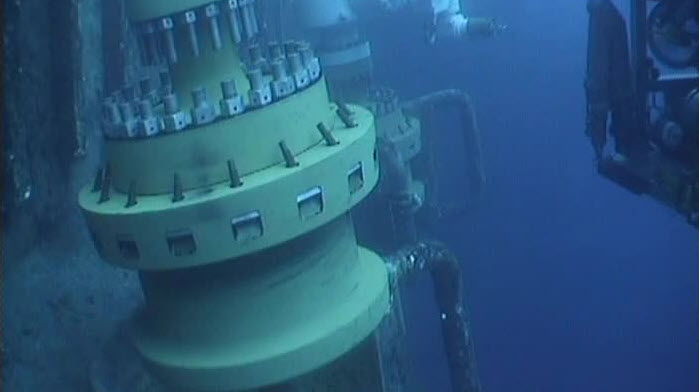July 07 ,2021
Subseatec continues its journey towards increased sustainability
With our DNA from both the steel and energy industries, Subseatec sees great opportunities in delivering engineering solutions that allows steel to play a bigger role in this change.

The oil and gas industry has been one of the main drivers to develop and use advanced steel products and has forced the steel industry and product suppliers like Subseatec to challenge what is considered possible.
The recent developments in the High Pressure-High Temperature (HPHT) field are just one example.
In this area, Subseatec has been challenged by oil companies and OEMs to develop products with strength, toughness and corrosion resistance to withstand the extreme environments of HPHT wells. As a result, Subseatec has gained the knowledge and experience to deliver SCR riser parts with 100K strength, excellent toughness and state-of-the-art surface coatings to support 30 years of operation. This technology will enable the industry to continue the development of fields that was considered impossible just a few decades ago. These advances also make it possible to use steel stress joints in applications where only titanium and flex joints were considered to offer sufficient strength – allowing the utilization of steel’s many excellent properties as construction material.
A partner for the green shift

The overall global effort to reduce greenhouse gas emissions is now driving investments among the major energy companies to diversify their portfolios, focusing more on renewable energy sources. This transition will force suppliers to the industry to also diversify their offerings.
In Subseatec we have already started this journey, using all the great technical achievements from the oil and gas industry as our steppingstones into a more sustainable era.
“With our deep knowledge of how to utilize steel in high-pressure, high-temperature and corrosive environments, we are ready to take on the challenges presented by the green shift. Since 2009 Subseatec has started several development projects, all aiming to make our company a recognized partner and supplier in the energy transition. One promising business area identified is steel components for transportation and storage of green gases – where many of the technical challenges are like the ones found in the subsea HPHT-environments of the oil and gas industry,” Peter Jansson, managing director of Subseatec, says.
Bright future for steel
Through the last decade Subseatec has been in the technological front line of the development and control of special processes in steel production and treatment. One example is the clad welding of sealing surfaces of internal bores, where the company today produces weldments close to what is theoretically possible.
“The level of welding we do on the products delivered today is an engineering stunt only to be seen in areas like space technology. This is a true testament to our capabilities, reflecting the challenges Subseatec meets as a supplier to the most extreme HPHT-projects,” Jansson says.
He is convinced that the continuous development of higher strength steel grades, combined with more efficient manufacturing methods, makes steel an excellent material for the future.

“Higher strength grades give the possibility to reduce the weight of existing designs, which again reduce the amount of energy needed to produce parts. This, together with the ongoing transition to carbon free steel production, gives steel a huge potential to be the preferred construction material also for sustainable projects in the green transition,” Jansson underlines.
More News

